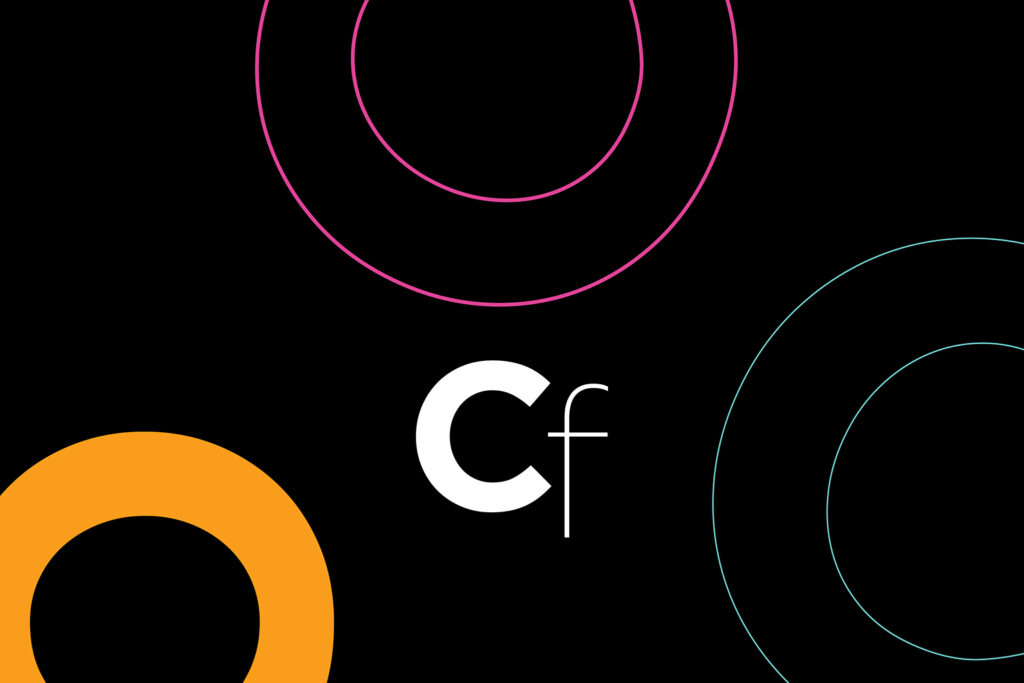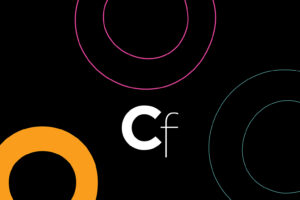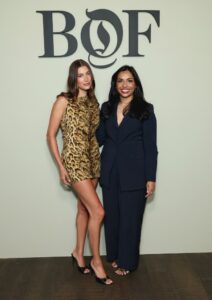Smithsonian Stands Up to Trump, MOCA Closes its Geffen Branch Amid Protests, Is Putin’s Daughter Dealing Art?: Morning Links for June 10, 2025

To receive Morning Links in your inbox every weekday, sign up for our Breakfast with ARTnews newsletter.
The Headlines
SMITHSONIAN STANDS UP TO TRUMP. On Monday evening, the Smithsonian Institution affirmed it is an “independent entity” in a statement subtly challenging President Donald Trump’s ‘firing’ of the National Portrait Gallery director, Kim Sajet, reports Harrison Jacobs for ARTnews. “All personnel decisions are made by and subject to the direction of the Secretary, with oversight by the Board. Lonnie G. Bunch, the Secretary, has the support of the Board of Regents in his authority and management of the Smithsonian,” read the statement released on the institution’s website. Indeed, Sajet has continued to report to work, despite Trump’s firing, which his administration said was due to Sajet’s perceived criticism of the president. The Smithsonian’s statement also seemed to allude obliquely to the administration’s complaints and previous targeting of the Smithsonian museums in an earlier executive order accusing them of “improper ideology” via “exhibits or programs that degrade shared American values.” “To reinforce our nonpartisan stature, the Board of Regents has directed the Secretary to articulate specific expectations to museum directors and staff regarding content in Smithsonian museums, give directors reasonable time to make any needed changes to ensure unbiased content, and to report back to the Board on progress,” continued the Smithsonian statement.
POLICE STATE OF LA. Los Angeles’s Museum of Contemporary Art (MOCA) closed its Geffen branch on Sunday as National Guard soldiers descended on the city and law enforcement clashed in places with anti-ICE protesters. “Out of an abundance of caution and for the safety and well-being of our staff and visitors, the Geffen Contemporary at MOCA, including the WAREHOUSE, closed early today, Sunday, June 8 at 1:30pm,” stated the institution on Instagram. Meanwhile, in a reality-imitating-art moment, Russian artist Nadya Tolokonnikova’s durational performance, Police State, is continuing until its planned 6pm end time, despite the museum being closed, added the statement. Intermittent live streams of the performance can be seen on the museum’s Instagram Stories. “Durational performance is a scary thing to step into: once you said you’re going to show up, you can’t just leave simply because the National Guard had a whim to occupy the city, so my choice was to stay and continue doing my job as an artist,” said Tolokonnikova in a written comment provided by the museum, reported Artnet News. The Los Angeles Times has also commented on the “prophetic backdrop” of Barbara Kruger’s downtown LA mural, Questions (1990), in front of which protestors denounced ICE raids and the deployment of the National Guard. The 30-by-191-foot mural takes up the side wall of MOCA’s warehouse building, with white letters on a red background that ask nine questions, including: “Who is beyond the law? Who is bought and sold? Who is free to choose? Who does the time? Who follows orders? Who salutes longest? Who prays loudest? Who dies first? Who laughs last?” Kruger, a longtime Los Angeles resident, responded via email to the current state of events when questioned by the LAT: “This provocation is giving Trump what he wants: the moment he can declare martial law. As if that’s not already in play.”
The Digest
Sydney-based artist Jack Ball has won the Ramsay Art Prize, worth a cool AUD$100,000 ($65,000). Ball was recognized for his large, multimedia installation, Heavy Grit (2024), investigating themes of queer intimacy and the transgender experience. The Art Gallery of South Australia (AGSA) established the biennial acquisition award in 2017, and it is considered the country’s most illustrious honor for an artist under 40. [Artforum]
An 11-inch, rediscovered Auguste Rodin sculpture titled Despair (1892), long-thought to have been a copy, just sold for about $1 million. The hunched figure of a girl holding her foot went missing after it was sold at auction in 1906, according to the Comite Rodin, which is the leading authority on the artist. [AFP]
A woman said to be President Putin’s daughter, Elizaveta Krivonogikh [aka Elizaveta Rudnova] 22, works at an art gallery in Paris that shows Ukrainian artists and some Russian émigrés. She reportedly interns at Alexandre Vichnevsky’s two spaces, L Galerie and Studio Albatros, following studies at Icart, a private art school in Paris. Putin has denied that she is his daughter from an alleged extramarital affair with Svetlana Krivonogikh. [Le Quotidien de l’Art and the Times]
On June 6, New York’s Metropolitan Museum of Art launched a new artist residency in collaboration with Swiss watchmaker Vacheron Constantin. Its focus is on artists whose practice incorporates craft or artisanal materials and methods, and it lasts 18 months, allowing artists to spend time in the collections, work with Met staff and artisans at the watchmaker’s Geneva headquarters, and show their work at the Met in October, 2026. The three artists selected for the inaugural edition include Aspen Golann, Ibrahim Said, and Joy Harvey. [The Art Newspaper]
Sydney Contemporary, which runs September 11-14, is debuting a new photography section, called Photo Sydney, in response to collector demand. The fair’s director, Zoe Paulsen, said Photo Sydney “will bring critical focus to the richness and diversity of contemporary photography, offering a dedicated platform for established and emerging voices in the medium.” [ArtAsiaPacific]
The Digest
HANGING OUT IN ROME. Kenyan-American artist Wangechi Mutu talks to Julia Halperin for the Financial Times, ahead of her solo show at the ornate, 17th-century Galleria Borghese in Rome. There, rather than a traditional hang, the majority of the works will be suspended from the ceiling, leaving “negative space” for visitors to float through. Mutu describes her approach to artmaking, informed by having grown up under a dictatorship, as having “to figure out ways to be rebellious without being noticed,” she said. To that end, she attempts to lift the lid on the fact that, “there’s a fiction told about what Europe is, what Africa is … They are dangerous fictions being used against people, and not just in one country.” This fiction, explains the artist, includes notions of national purity, which have been gaining ground of late. “There’s Roman emperors who were African — there’s a lot of Africa in Rome, and there’s a lot of Rome in Africa,” Mutu says.




